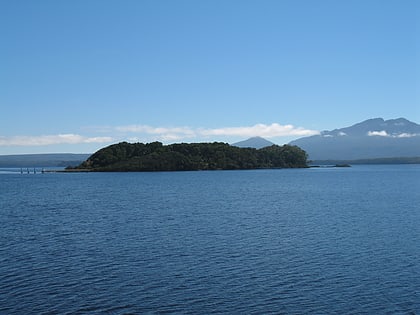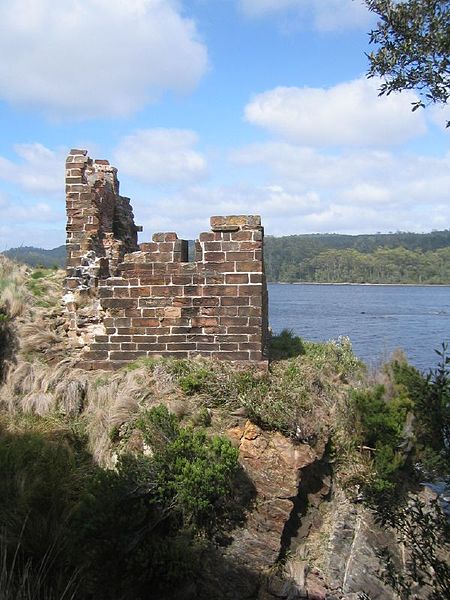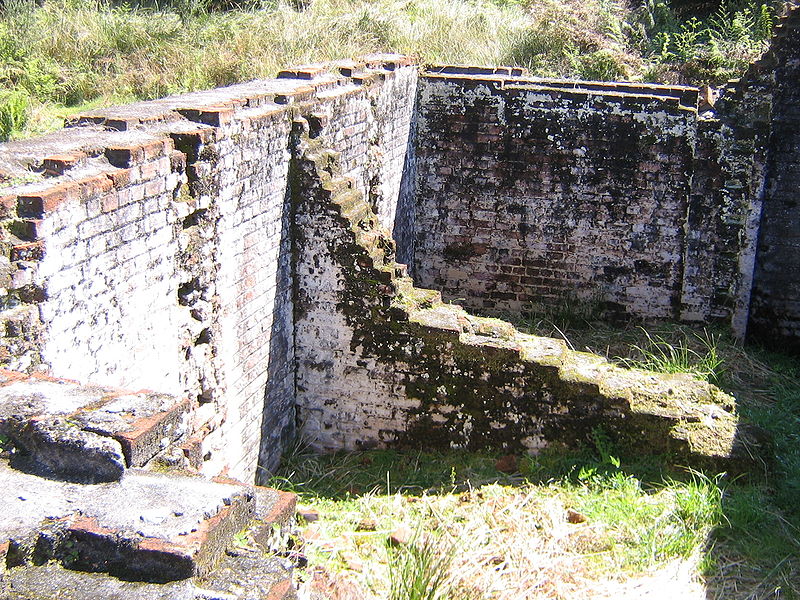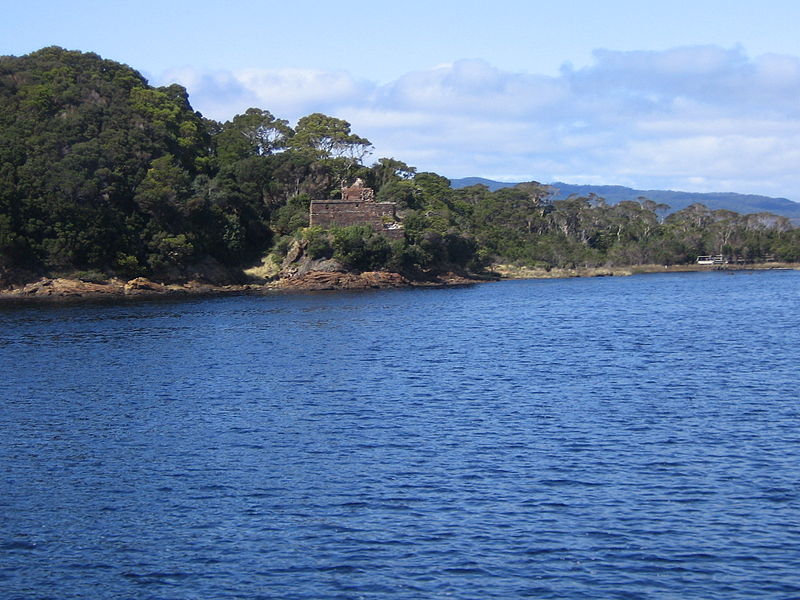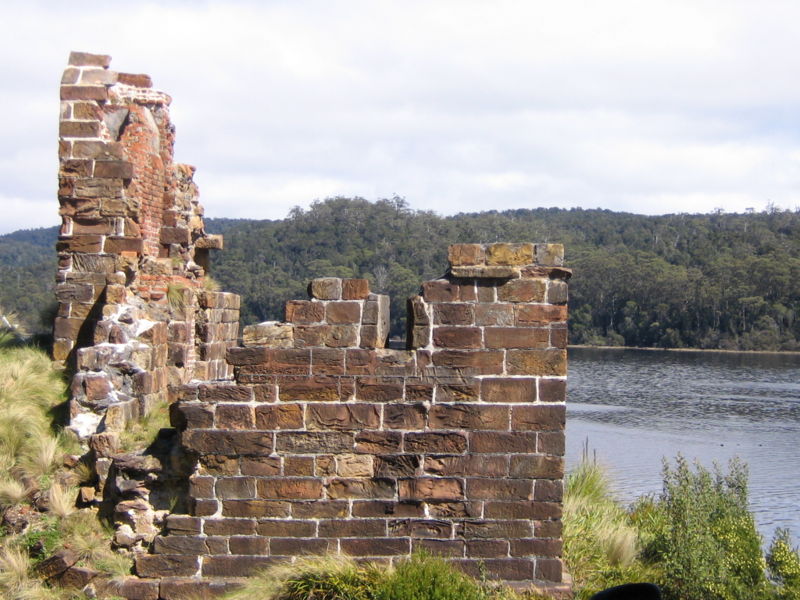Sarah Island, Tasmanian Wilderness World Heritage Area
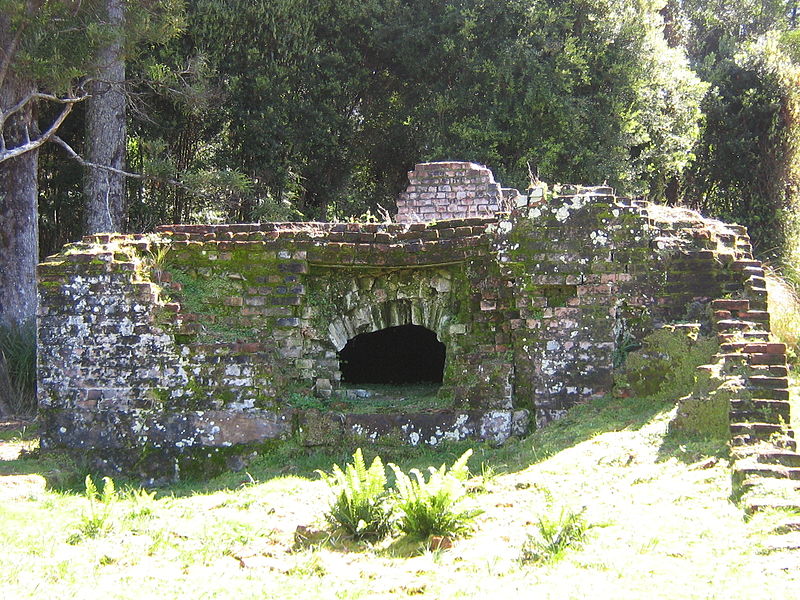
Facts and practical information
Nestled within the rugged beauty of the Tasmanian Wilderness World Heritage Area lies Sarah Island, a haunting historical landmark that whispers tales of a dark and turbulent past. Once known as one of the harshest penal colonies in Australia during its operation from 1822 to 1833, Sarah Island offers a stark reminder of the brutal history of convict life.
Accessible only by boat, this remote island in the southwest of Tasmania is an evocative site for visitors interested in Australia's colonial history. The ruins of the penal settlement stand as a silent testimony to the lives of the prisoners who toiled in the most unforgiving conditions, where escape was virtually impossible due to the surrounding impenetrable wilderness and treacherous waters.
Guided tours of the island provide insightful narratives about the daily lives of the convicts, the hardships they endured, and the stories of notorious figures such as Alexander Pearce, the infamous cannibal escapee. The island's remnants, including the penitentiary, solitary confinement cells, and remnants of the shipyard where convicts were forced to build ships, are haunting mementos of a bygone era.
Despite its somber history, Sarah Island is set against the backdrop of some of Tasmania's most stunning natural landscapes. The surrounding area is a paradise for nature lovers and outdoor enthusiasts, offering opportunities for hiking, kayaking, and wildlife spotting in the pristine wilderness that has remained largely unchanged since the days of the penal settlement.
For those planning a visit, Sarah Island is typically included as a part of cruises that journey along the majestic Gordon River, departing from the town of Strahan. These cruises offer a comprehensive experience, combining the island's historical significance with the breathtaking natural beauty of the Tasmanian Wilderness World Heritage Area.
Tasmanian Wilderness World Heritage Area
